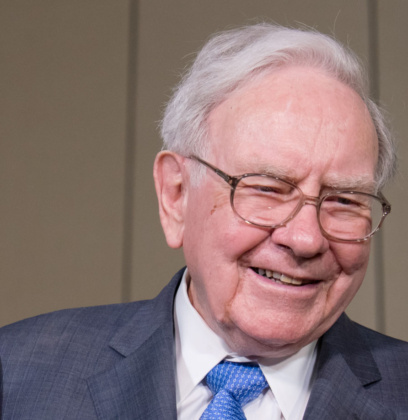Looking up, ‘what is the best investment in Australia’? Allow us at Global Masters Fund to help. We’ve developed this guide full of strategies for first-time investors. In it, we give you a rundown of everything you need to know to make an informed investment, including what to look out for. We’ll also answer some commonly asked questions, ensuring you have everything you need to know to make the most of your investment.
Tips to Help You Develop the Best Investment Strategy
Investing might sound simple, but there are many things that can go wrong if you’re not prepared. Before you ask, ‘what is the best investment strategy?’, it’s important to understand what you need to develop one. Here are some tips to help you create an investment strategy that works for you.
Make a Plan
This sounds obvious, but as the old saying goes, ‘failure to plan means planning to fail’. Planning your investment strategy is absolutely essential when making investments, especially if you intend on investing long-term. Plans should include where you want to invest, how much you want to invest, your current financial status, timeframes, investment goals, and learning/understanding the market.
Evaluate the Risks
There are risks involved when it comes to investing. Before making any new investments, it is important to evaluate these risks. If you were to lose money, how would you feel? Often first-time investors panic when there is a dip in the market, and they sell off everything right away. We recommend weighing up risk versus reward to help you determine where you fit on a risk tolerance scale.
Stay on Top of Your Taxes
A big thing to consider when investing for the first time is tax contribution. Make sure you’re on top of everything when submitting your tax returns.
Diversify Your Portfolio
A diverse portfolio is a stable portfolio. One of the biggest things to understand about the stock market is its constant fluctuation. If you invest across a variety of assets and sectors, you’ll be furthering your long-term returns.
Make Regular Investments
Investing regularly doesn’t mean trading often. It means making calculated investments that can generate long-term capital growth. Do your research, keep an eye on the market and make intelligent investment decisions.
Re-Evaluate Your Investments
You want to know where your money is going and how your investments are performing. Additionally, circumstances change, so you want to make sure you’re re-evaluating your investment goals, timeframes, and risks. Doing so will increase your chances of avoiding nasty surprises.
Frequently Asked Questions About Investing in Australia
We want you to walk away with a solid grasp of everything you need to know to make an informed investment. Therefore, we’ve collated a list of some of our frequently asked questions to help you feel confident enough to make your first investment.We will always recommend investment beginners start with something small. Weigh up your options to determine how much you’re willing to lose if it ever comes to it and make a decision accordingly.
The best investment really does depend on your investment goals. That said, if you’re looking for an effective way to invest globally through the ASX, investing in an LIC could be a viable option.
When it comes to buying and trading on the ASX, you have a few options. Those options include:
- Using a broker
- Online
- Full service
- Buying directly
- Crowd-sourced
- Employee share programs
- IPOs
- Buying indirectly
- Managed fund
- LICs
- ETFs
- CDIs
In any investment, there will always be a degree of uncertainty, so it’s important to understand the potential risks so you can prepare for them. Common risks include:
- Inflation
- Market
- Currency
- Interest
- Diversification
- Timing
Generally, when trading on the ASX for the first, the minimum amount you can invest is $500. However, you can top up your holdings with varying amounts should you choose to do so.
It all comes down to:
- Research
- Your investment goals
- Your budget
If you know how much you can spend and your end goal, you’ll be able to research and narrow down an investment option that works for you.













